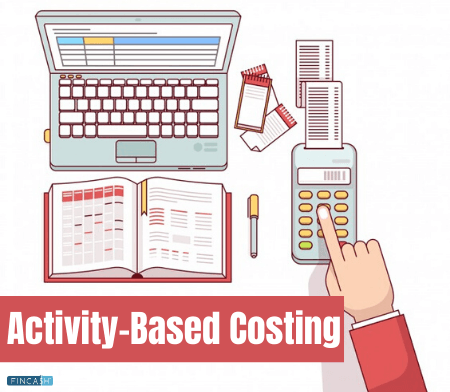
Table of Contents
Activity-Based Budgeting (ABB)
What is Activity-Based Budgeting (ABB)?
In a company, various activities incur a cost. Many activities are done for productivity, and budgets for those activities are decided likewise. Activity-based budgeting is a system that records, researches and analyses the activities that bring varied costs to the company.

It’s a budgeting method wherein activities are fully analysed so that costs can be predicted and a budget can be set. It is important to remember that this does not take historical costs regarding a particular activity into consideration when creating a budget.
Businesses always look for ways to gain more profit from available resources. Keeping costs to a minimum is always the goal. However, when done excessively it can lead to some unwarranted problems. To avoid such problems, activity-based budgeting is quite helpful in the arena.
It helps businesses to reduce the level of activities that lead to extra costs. More sales can be generated with minimum profit rendering activities, which can lead to higher profitability for the businesses.
Talk to our investment specialist
Example of Activity Based Budgeting
Activity-based budgeting helps businesses identify their activities and determine the things responsible for incurring revenue and expense for the company. Once that is done, it helps the business to understand the units or the efforts/expense put into various activities.
Delineate the cost of per unit of the activity. Then multiply that result by the activity level.
Company XYZ expects to get 20,000 sales order for the upcoming year. Each order costs Rs. 5. Therefore, the activity-based budget for the expenses related to the processing sales order for the coming year would be 20,000* 5= Rs. 100,000.
Difference between Activity-Based Budgeting and Traditional Budgeting Process
Both budgeting techniques differ in their nature and approach to the activity.
They are mentioned below:
| Activity-based Budgeting | Traditional Budgeting Approach |
|---|---|
| Activity-based budgeting is an alternative budgeting practice which looks deeper into the various aspects of the activity before deciding a budget | Traditional budgeting is a simple approach where Inflation and revenue growth is taken into account |
| Does not take historical data into consideration before deciding costs | Takes historical data into consideration before deciding costs |
| New companies cannot consider this as an initial budgeting approach | Newer companies can consider this when deciding the budget |
All efforts have been made to ensure the information provided here is accurate. However, no guarantees are made regarding correctness of data. Please verify with scheme information document before making any investment.












